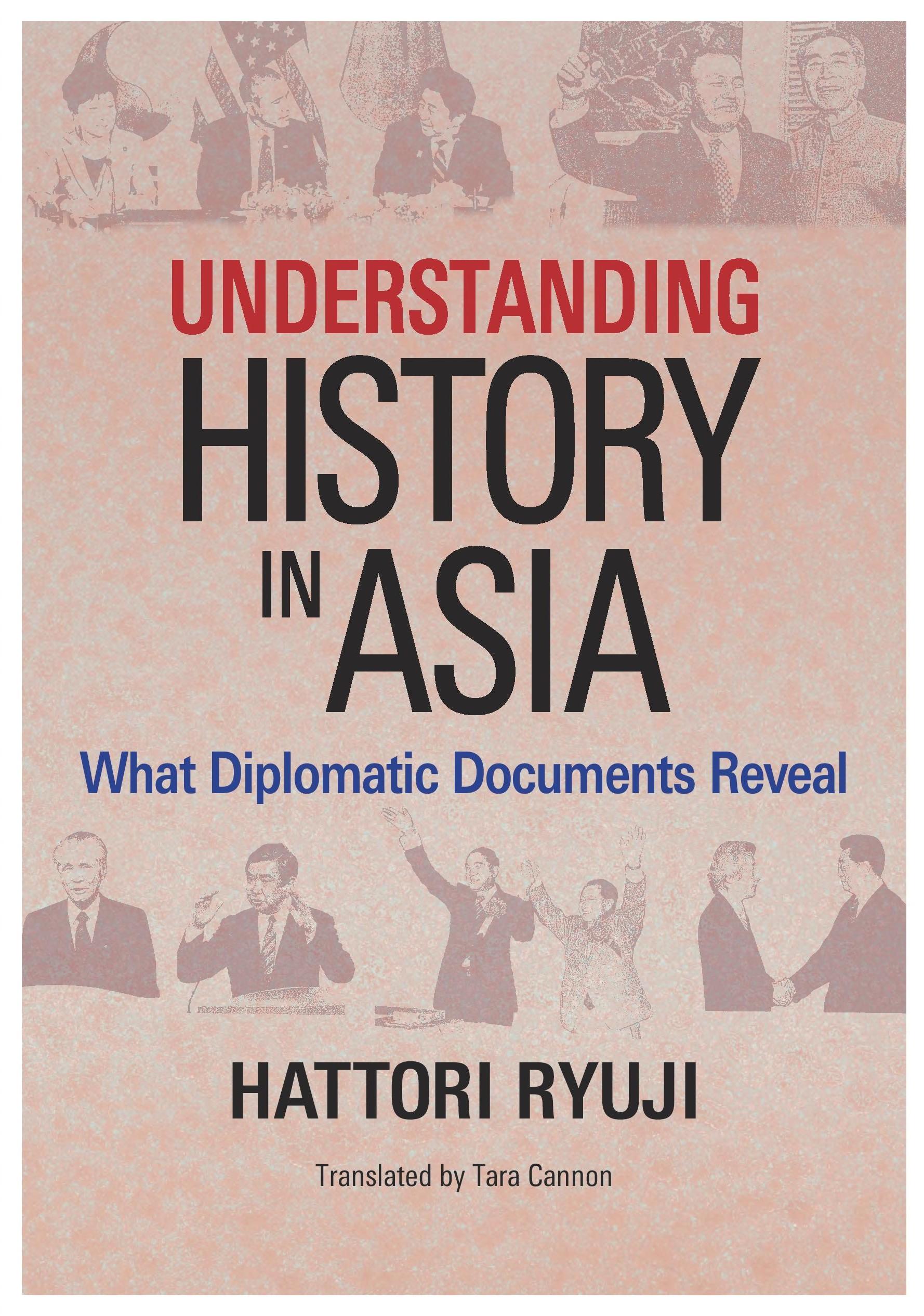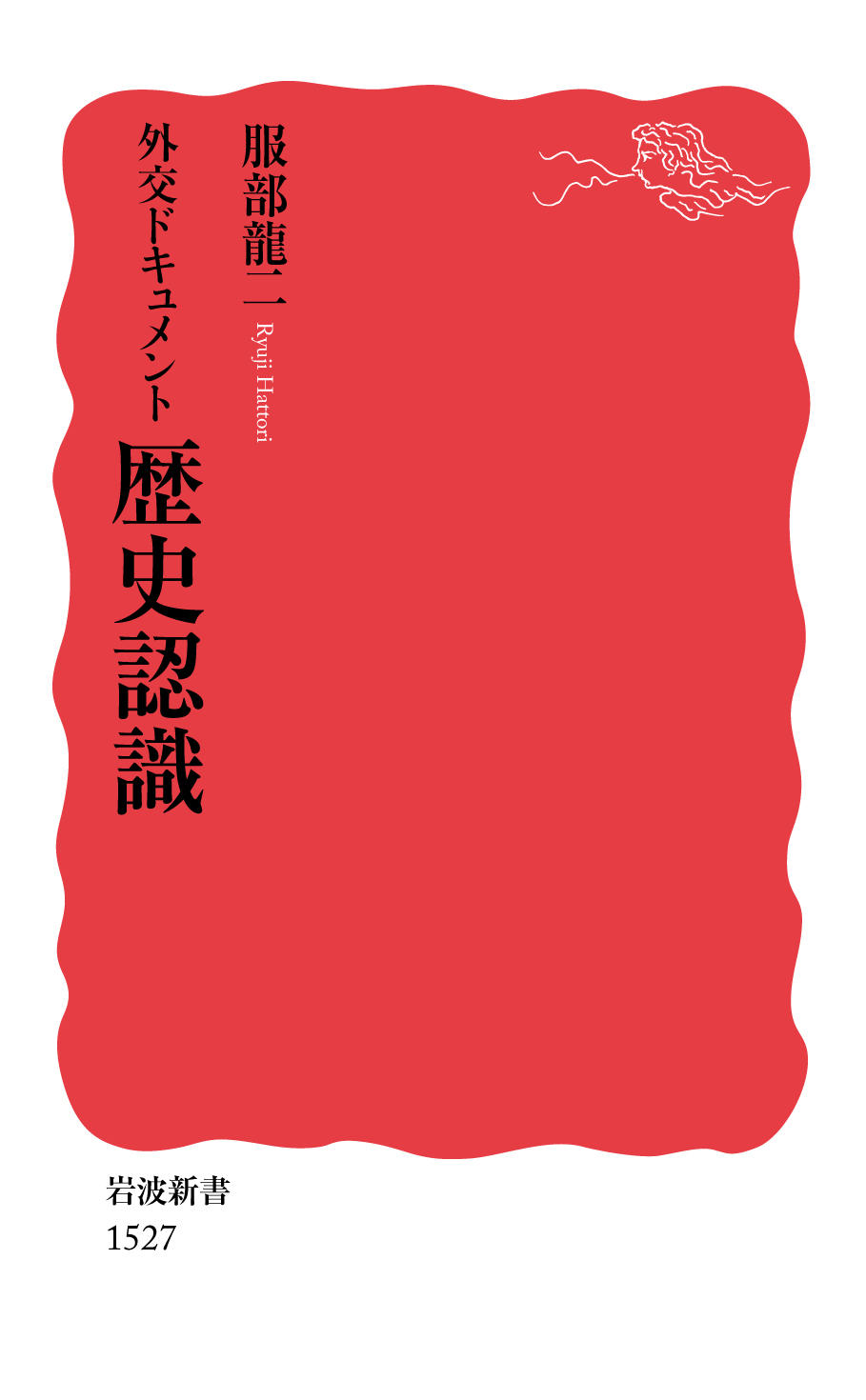It is said that the twentieth century was a century of war. War and colonization can leave deep divides between nations. In the case of Japan, this antagonism manifested as a result of historical issues. There have also been moments in postwar history where efforts were made to overcome the hostility surrounding these problems. We can see times that featured attempts at reconciliation, and improvements in relations between Japan and China, as well as Japan and South Korea. However, these problems heated up in the 21st century, impacting not only relations with China and South Korea, but even the United States, South-East Asia, and Europe.
This title examines the period from the International Military Tribunal for the Far East (the Tokyo Trial) to the normalization of relations between Japan and South Korea and between Japan and China. Chapter 1 explores issues that arose regarding Japanese history textbooks, the release of a statement by Chief Cabinet Secretary Miyazawa Kiichi, Chun Doo-hwan's visit to Japan, and “mutual trust" with Chinese Communist Party General Secretary Hu Yaobang and Prime Minister Nakasone Yasuhiro. Chapter 2 investigates the view of the Chinese side and behind-the-scenes negotiations regarding visits by Japanese prime ministers to Yasukuni Shrine, focusing on Prime Minister Nakasone's official visit in particular. As for the issue of the wartime comfort women, Chapter 3 delves into Prime Minister Miyazawa Kiichi's visit to South Korea, the statements by chief cabinet secretaries Kato Kōichi and Kōno Yōhei, and relations with South Korea. Chapter 4 explains how Prime Minister Murayama Tomiichi's statement, which was issued on the occasion of the 50th anniversary of the war's end, came to comprise a common language within Japanese politics. Chapter 5 examines 21st-century issues, while the final chapter provides future prospects regarding what the future will hold.



